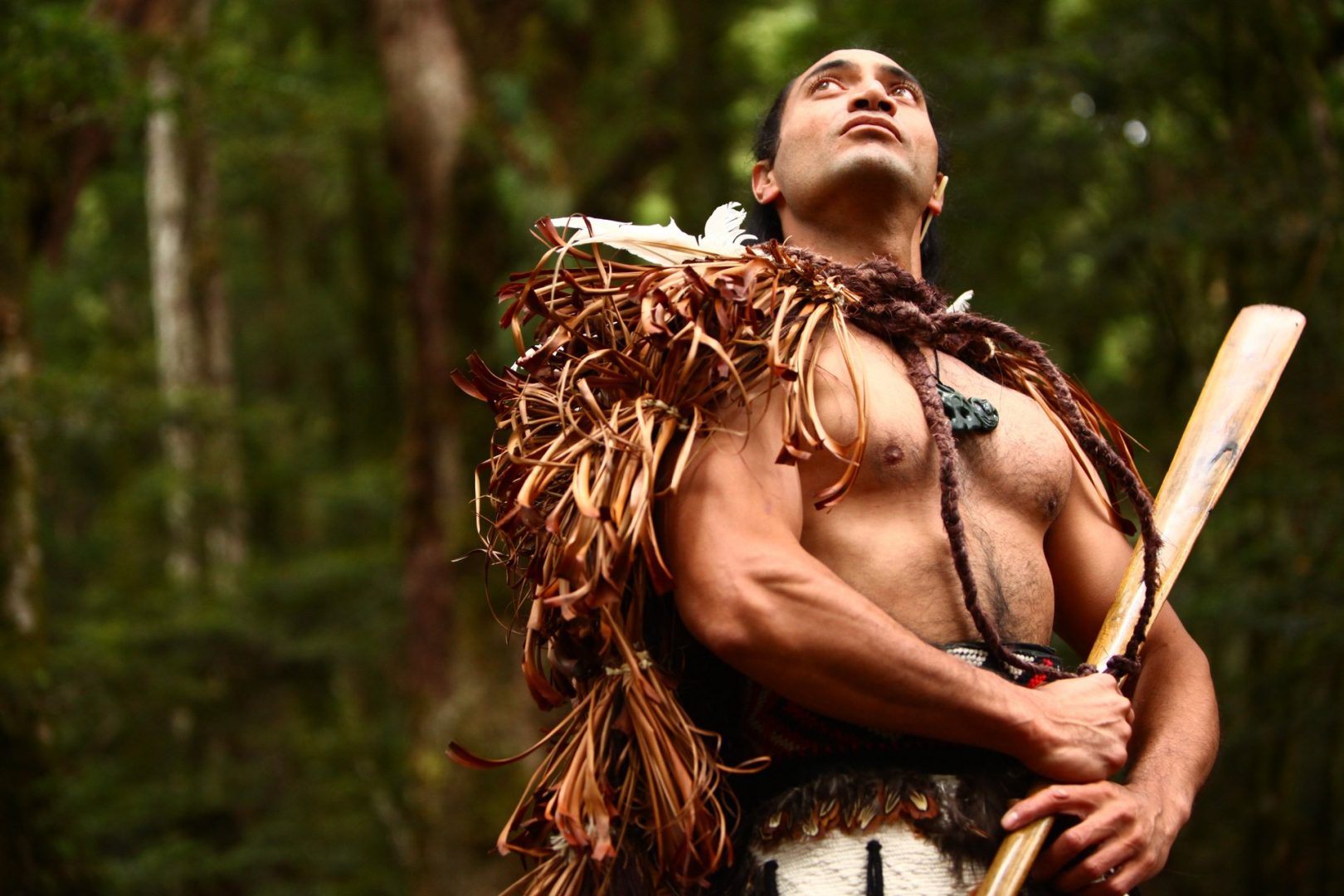瓦卡塔尼区是丰盛湾地区的一个地区,跨越海湾东部海岸线的一部分,到达内陆到肥沃的兰加泰基平原。除了庞大的农业部门,生产优质木材和乳制品,以及猕猴桃、苹果和海鲜,该地区还是毛利文化遗产的繁华枢纽。它的沙滩、低地、丘陵和公顷的丛林是七个不同部落或 iwi 的家园。
Ngati Awa 和 Ngai Tuhoe 是设在华卡塔尼区的两个最著名的 iwi。大多数 Ngati Awa 定居点都位于兰加泰基平原,而 Tuhoe 则围绕其传统土地 Te Urewera 的高丘陵森林周围。这两个部落的许多成员都住在该地区的 Whakatane-Ohope、EdgeCumbe 和 Murupara 的城市中心,他们与他们的祖先或 whakapapa 保持着紧密的联系。
历史
据说 Ngati Awa 和 Tuhoe iwi 来自提瓦卡瓦卡,他是传奇海员毛伊岛的孙子,人们普遍认为他已经发现了奥特阿罗阿,这片土地今天被称为新西兰。Tiwakawaka 的部落成员与 Ti 人通婚,作为他们在 Kakahoroa 的据点,目前是 Whaakatane 的据点,成长并拥有其他社区。
Mataatua waka 是一个伟大的移民独木舟,将托罗阿人带到卡卡霍罗阿河口定居。当男子们为了见到当地人时,女性被留下来应对威胁将 Mātaatua 带离岸的强势。尽管她们的传统不鼓励女性进行航海运,但托罗阿的女儿 Wairaka 却大声称 “E!Kia whakatane au i ahau”(“让我作为男人的一部分”),这让她周围的女性团结起来,把自己的独木舟划回岸边。Whakatane 是以她英勇的宣言命名的。
从 Tiwakawaka、Ti 和 Toro 船长的 Waka 的后代中,Ngati Awa 和 Tuhoe 出现了。毛利民间传说 Awanuiarangi II 创立了前部落,而后者则以 Tūhoe-pōtiki 命名。目前,部落起源的丰富口头传统仍然存在。
人口
2013 年全国人口普查将 Tuhoe 人口定为 34,980 人,其中只有 5,000 人占据了他们祖先的土地。同样的人口普查还有 16,179 名加入 Ngati Awa iwi 的个人。Awanuiarangi 半数以上的人生活在 Whakatane 的城市地区。由于不同民族与土地的历史密切联系,使用 Whakatane 毛利语毛利语的人数比全国平均水平多。
经济
在毛利语中,Whakatane 土地的精神被称为魔力 Wenua,Ngati Awa 和 Tuhoe 被视为魔力 Wenua 的忠实管家。随着工业化的到来,pakeha 或欧洲定居者的出现,这两个部落在保护自己的自然和社会环境方面发挥了相当大的影响。语言和文化在城市和农村社会中以及青年人和老年人都根深蒂固。祖传传统,例如丹吉汉加葬礼、Marae 聚会、展示纪念石以及进入丛林国家的冒险,仍然在努力观察。
由于他们对家园的掌握,这两个 iwi 的投入对 Whakatane 区的众多商业运营至关重要,例如确定土壤肥力、研究本地动植物群、保护重要的 tangata Wenua 遗址,以及将其他人融入毛利和毛利价值观,例如作为亲属关系, 与自然和谐以及通过部落体育, 辩论和舞蹈进行竞争.
两个 iwi 的传统、事件和艺术也赢得了当地和国际的兴趣。主要的部落景点包括怀特岛, 一个活火山岛, Mātaatua waka 定居在 Whaakatane 的着陆点, 该地区周围的各个 PA 地点和 Te Urewera 国家公园.该地区为旅游和探索提供了丰富多样的生物群落。沉浸在 Ngati Awa 和 Tuhoe iwi 的生活中已成为许多游客的激动人心的机会。

















































